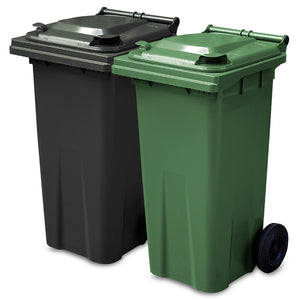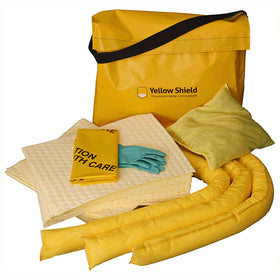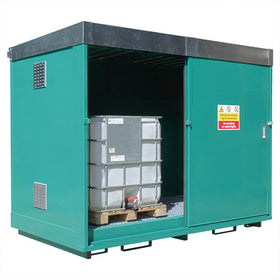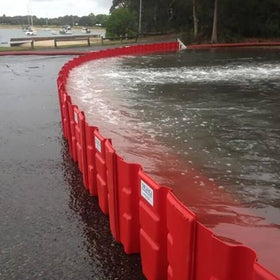Do your Flammable storage cabinets conform to DSEAR 2002?
The Dangerous Substances and Explosive Atmospheres Regulations 2002 require employers and the self-employed to protect employees or members of the public from risks of fire and explosion in the workplace.
The substances concerned include paints, inks, aerosols, varnishes, solvents, flammable gases, and dusts from machining and sanding operations and from foodstuffs.
DSEAR requires employers to conduct a risk assessment of their premises. The regulations are intended to remove or control any increased risks of explosive atmospheres and ignition. Employers must formulate an action plan to respond to any accidents, and staff must be trained to deal with any incident and be aware of the risks involved.
Substances that can potentially pose a risk of explosion or ignition must be stored in a unit adapted to the purpose. The Health and Safety Executive stipulate that suitable cabinets should be designed to retain spills and be fire resistant. Cabinets should be placed away from any emergency exits, and no more than 50 litres of liquid with a flashpoint below 32°C should be stored in one place.
The welded construction, stiffened doors and internal fire barrier, amongst other features, mean that suitable flammable storage cabinets retain their integrity for 30 minutes. They act as a barrier between the substances and the exterior, and thus delay their involvement in any incident.




